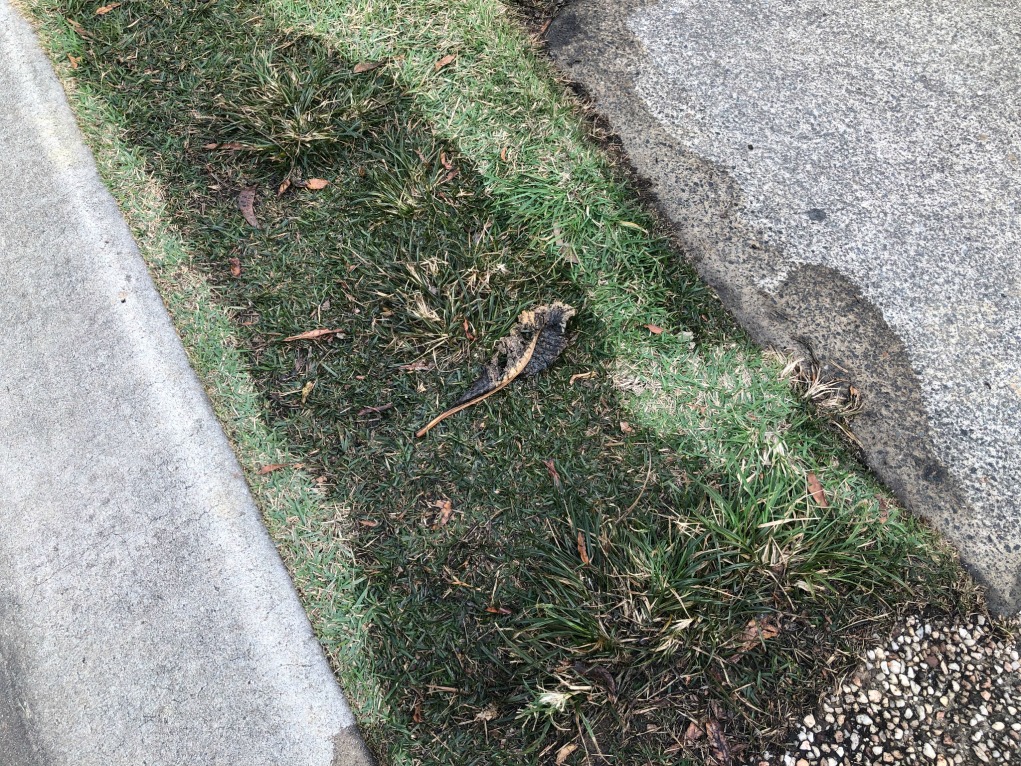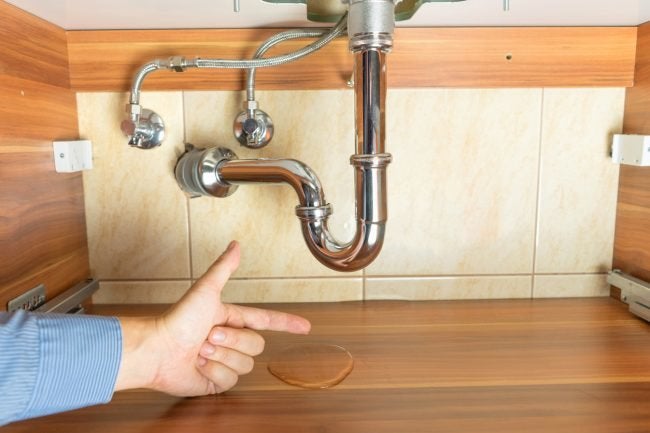Just about everyone is bound to have their private assumption involving Top leak detection hacks.

The minute you discover a leak, calling your plumber for fixings is the most effective solution. Some small water leaks might not be visible. If you can not detect it with your naked eyes, below are some hacks that assist.
Early detection of dripping water lines can reduce a possible catastrophe. Aside from conserving you money, it will minimize the aggravation and stress.
Examine Water Consumption
Analyze your water expenses and track your water usage. As the one paying it, you should see if there are any type of discrepancies. If you identify sudden changes, despite your intake being the same, it means that you have leakages in your plumbing system. Keep in mind, your water bill must drop under the exact same array every month. An unexpected spike in your costs indicates a fast-moving leak.
Meanwhile, a consistent rise every month, even with the same habits, reveals you have a slow leak that's also gradually intensifying. Call a plumber to extensively check your residential or commercial property, particularly if you really feel a cozy location on your flooring with piping beneath.
Examine the circumstance and inspect
Home owners need to make it a routine to inspect under the sink counters and also inside cabinets for any bad odor or mold and mildew growth. These 2 red flags suggest a leak so timely focus is required. Doing regular evaluations, also bi-annually, can save you from a major issue.
Analyze the Water Meter
Examining it is a surefire means that aids you find leaks. If it relocates, that suggests a fast-moving leak. This implies you might have a slow-moving leakage that can also be underground.
Asses Outside Lines
Don't fail to remember to check your outdoor water lines also. Should water permeate out of the link, you have a loose rubber gasket. One tiny leak can waste tons of water and also increase your water expense.
Do a Food Coloring Test
When it comes to water intake, 30% originates from commodes. Examination to see if they are running correctly. Drop flecks of food color in the tank and also wait 10 minutes. There's a leak in between the storage tank and dish if the shade in some way infiltrates your bowl throughout that time without flushing.
Inspect for stainings and also compromising as a lot of pipelines and also devices have a life expectancy. If you think leaking water lines in your plumbing system, don't wait for it to escalate.
The moment you locate a leakage, calling your plumber for fixings is the ideal solution. Some tiny water leaks may not be visible. Checking it is a surefire way that helps you uncover leaks. One small leakage can lose bunches of water and spike your water bill.
If you suspect leaking water lines in your plumbing system, do not wait for it to rise.
How to Know If Your Home Has a Hidden Leak
Water Meter Reveals Inexplicable Water Usage
If you’d like to test whether or not there’s a leak somewhere in your home, you can do this using your water meter. Here is how to conduct the test:
Don’t use any water in your home for at least 30 minutes; this also means not turning on faucets or water-using appliances.
Go outside, and check your water meter for activity.
If your water meter shows that there was activity, even though no one was using any water, this proves that there is a leak in your home.Visible Mold or Mildew Growth
Leaks behind walls create moist, dark environments that allow mold and mildew to grow and thrive. Eventually, you might see mold growth forming on the wall closest to a hidden leak.
If mold is growing in an area that receives a high amount of moisture, such as a bathroom, it may simply be an indication that better ventilation is needed. However, if you see mold growth on a wall or the ceiling in an area where you would not expect, you probably have a hidden leak.
Musty, Mildew Odor
Sometimes you might not be able to see the mold or mildew that is growing as a result of a leak. However, the smell can give the problem away just as easily. If you catch a whiff of something musty, there’s a good chance that old water is collecting somewhere in your home that you can’t see.
Stained/Warped Walls, Ceilings, or Floors
When your home soaks up water, a variety of red flags can become visible, including ceiling stains, bubbling drywall, warped walls, and sagging floors. While these issues can be caused by excess humidity, they can also be signs that a pipe or plumbing connection has started leaking behind your walls.
Inexplicably High Water Bill
After a while, you get a general sense for what your water bill should be. If you own a pool or sprinkler system, your bill will tend to be higher during summer. However, if you receive a water bill that seems especially high, and you can’t figure out what caused it, then you may have a hidden leak somewhere that’s increasing your bill.
https://www.plumbingjoint.com/blog/2019/july/how-to-know-if-your-home-has-a-hidden-leak/

Hopefully you liked our topic on Finding hidden leaks. Many thanks for spending some time to read our piece. Do you know another individual who is intrigued by the subject? Feel free to promote it. We love reading our article about Finding hidden leaks.
Customer Reviews